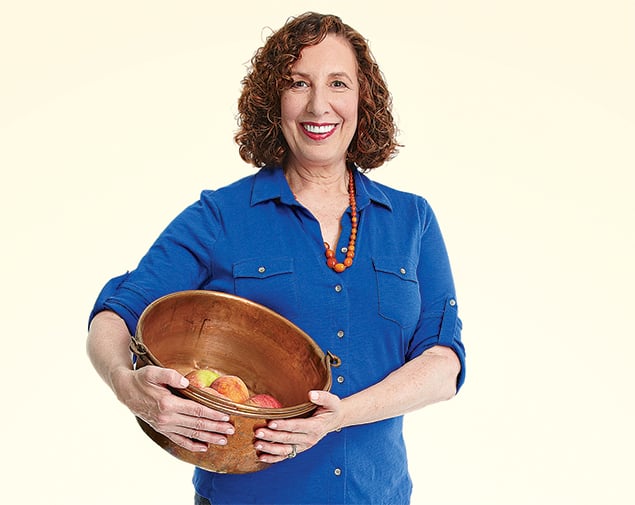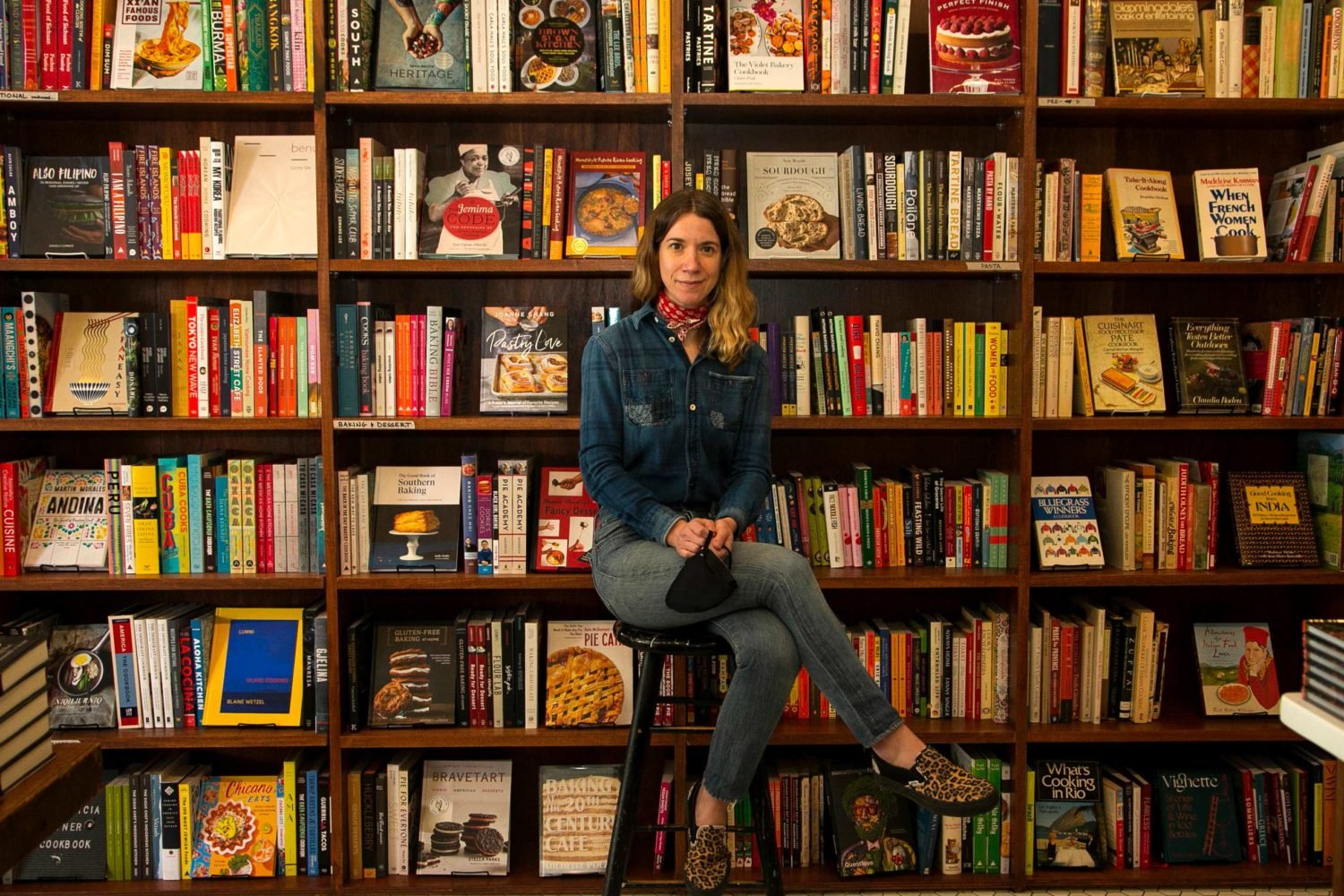You may know Chevy Chase writer Cathy Barrow from her colorful blog, Mrs. Wheelbarrow’s Kitchen or from the classes on canning and curing she has taught around Washington. Now she’s finished a more ambitious undertaking: her first book, Mrs. Wheelbarrow’s Practical Pantry (out November 3), a user-friendly guide to stocking a larder with homemade jams, pickles, charcuterie, cheeses, and more. (Sample: “Too busy to can? Jams and preserves made from frozen fruit work equally well and taste just as good.”)
Here Barrow talks about the benefit of building a pantry, tips for beginners, and her favorite places to shop for ingredients:
When did you begin canning and preserving?
I learned when I was very young from my grandmother and mom. But I really dug in five or six years ago, and then it became a bigger process. I took on pressure-canning; I learned to cure meat and make cheese. I came to see preserving as a bigger idea—not just making jam but making foods I would use to cook dinner.
What started you on the path to building your own pantry?
The first thing was reading Barbara Kingsolver’s book Animal, Vegetable, Miracle. It got me thinking about putting up food in season and eating it later. It seems like such a sensible idea now; it’s kind of funny I hadn’t thought of it before.
What are some of your favorite local farms for buying produce?
In the summer, I’m very fond of Norman’s Farm Market (with roadside stands in Chevy Chase, Bethesda, and Rockville). They have a really nice selection at very reasonable prices. I go religiously to the Broad Branch Farmers’ Market (5701 Broad Branch Rd., NW). There are only five or six vendors, but Nob Hill Orchards has some of the most extraordinary fruit I’ve ever had and Redbud Farm grows beautiful organic food, like haricots verts that I freeze like mad for winter.
Any tips for making storage space once you start down the preserving path?
A lot of preservers I know keep jars of food under their bed or on the top shelves of linen closets they never go into. But if you stash away your preserves, make sure you keep an inventory. Otherwise it’ll be strawberry season and you’ll [already] have 15 jars of strawberry jam.
Do you ever shop at grocery stores?
Absolutely. I go to Giant and Safeway. In season, you’ll see a lot of local produce at both of those. I shop at Trader Joe’s—you can’t beat their prices for citrus. In the winter, I make a lot of citrus preserves or limoncello.
There’s a notion that preserving requires a lot of time and equipment. Can you be a part-time preserver?
I may have the zombie-apocalypse pantry, but you can start with very few things. You need a heavy Dutch oven, like Le Creuset; a stockpot; and tongs. If your pot isn’t big enough to hold quart jars, preserve in pints. If you have those things, that’s all you need. You can MacGyver your way to preserving without any special equipment.
What advice do you have for someone who wants to start preserving?
Preserving is science, not really cooking. If you’re the kind of person who thinks a recipe is a suggestion and you can riff, then it’s not the way to approach preserving. On the other side, the very act of preserving can make you a more creative cook. Rather than just saying, “Here’s this strawberry jam—I better find some toast,” you think about how to turn it into a great pan sauce or filling for a cookie. Preserving is just a gateway.
This article appears in our November 2014 issue of Washingtonian.

















